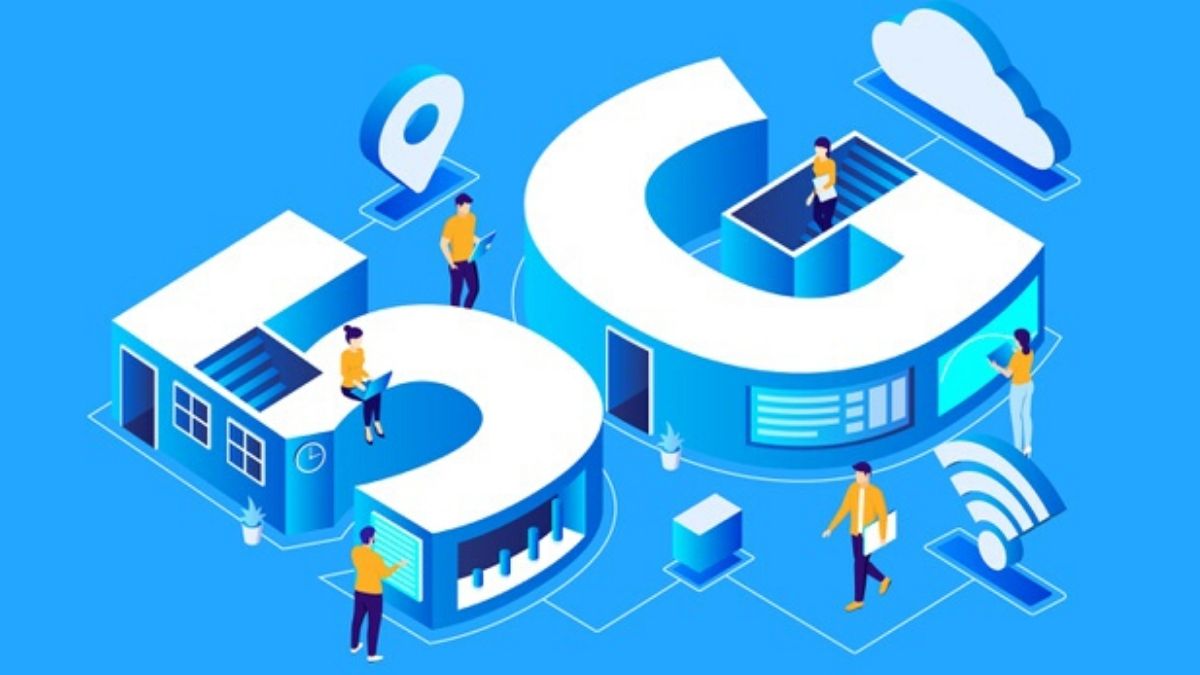What Is 5G Technology And How Will It Change Our Lives?

5G technology called to revolutionize the world as we know it. After years of development, it has begun to hatch commercially and coinciding with this takeoff its presence has multiplied. A prominence to which the US veto has also contributed to Huawei, which has highlighted the geopolitical importance of this 5G technology worldwide.
South Korea premiered the world’s first 5G telephone network in April, practically on par with some cities in the United States. Spain has been one of the first countries in the European Union to do so, although at the moment only fifteen Spanish cities can enjoy the incipient benefits of the fifth generation of mobile connectivity.
- After years of development, the fifth generation of mobile connectivity begins to take off commercially
- There is still a long way to go, but some of its many utilities can already be verified
The 5G will mean a very profound change in all areas of our life. These are some of the big doubts that this 5G technology raises:
What Are The Main Novelties Of 5G?
The big difference of 5G compared to previous generations of mobile connectivity is that it involves three new capabilities:
- A bandwidth and network speed much higher than the current ones (up to one hundred times, when fully developed).
- Very fast response time on the network – latency, the response time when sending and receiving data packets, which is below one millisecond.
- A much lower energy consumption, which will allow the deployment of sensors that are not going to require power and whose useful life can be several years.
What Will A Much Higher Bandwidth And Speed Mean?
It will make possible unimaginable processes today, which involve huge volumes of data. For example, you can instantly download and view content in 8K resolution with total fluidity.
In the multimedia field, the possibilities will skyrocket and will cover very varied aspects of our life, from entertainment to professional or educational environments. Not to mention how communication will change.
Chat applications that create, from the user’s image, avatars that react in real-time, video platforms to simultaneously watch “streaming” the games of several users playing a video game or a “dating simulator” that uses virtual reality are just some of the utilities of 5G that can already be seen today.
Augmented reality and virtual reality are called to become regular elements of the life of people.
And Less Latency?
Latency will be essential for some applications that will come in the future and will require extreme immediateness, such as automated driving or safety-related aspects. Thanks to this minimum latency, the response time will be immediate and will allow, for example, to fully develop applications such as telemedicine, with high-precision surgical operations at a distance. The industry will be another sector that will experience a true revolution, with fully robotized factories.
And Lower Energy Consumption?
This aspect will enable a hyperconnected world with billions of sensors emitting and receiving information constantly. Therefore, the 5G infrastructure is being designed to effectively support this flood of connected devices, which will require very low latency and that will have to live with others that require a large bandwidth.
The 5G network will be flexible enough to provide the same service to these hundreds of billions of devices.
What Is The Internet Of Things?
Closely related to the above aspect, known as the “Internet of Things” (IoT of the English Internet of Things ) will create an ultra connected world. Multiple aspects of reality will be interconnected through the 5G network. There will be from sensors in the refrigerator that indicate when the products are running out and need to be replaced, to drones or cars capable of transporting passengers without pilots.
The homes, workplaces or cities are completely sensorizarán, with countless uses. For example, when looking for a parking lot, drivers will automatically know where there is a free site. A system similar to the one in some public car parks, but even more advanced and with the information received inside the car itself. Or sensors in the body that will inform in real time of possible health problems.
Is Spain Ready?
Yes. At least, this is what emerges from the 2019 Economy and Digital Society Index (DESI) recently presented in Brussels by the European Commission. Its preparation level is around 30%, compared to the European average of 14%, mainly due to the fact that it has already auctioned one of the three main spectrum bands on which 5G technology will be based. In addition, multiple pilot tests have been conducted in our country.
How Much Is Left Until Its Full Implementation?
The European Union (EU) itself has established that all member countries must fully deploy the 5G network, at the latest, in 2025. In Spain, there will be an estimated gradual deployment of five years.
The calendar they manage from the 5G National Observatory is that in the first half of 2021 users can already have a very wide range of 5G phones to choose from, in addition to different plans to avail themselves of.
“As for the 5G deployed as an Internet of Things support and as low-latency networks, there really is no need to wait, because we do not depend on a telephone, we have the essential components and chips, “says Federico Ruiz, responsible for this observatory.” And that depends on operators, companies or cities that want to start it up. You can go as fast as you want.
Applications in health, or logistics, or a 5G linked to industrial robotics, linked to communications within a factory “You can start thinking about that”
Does Any Mobile Serve?
No. Currently, in Spain to be able to use this new technology, you must have a compatible terminal and also qualify for any of the contracts that the only company that offers it: Vodafone. As for mobiles, at the moment, the market offers very few options: Samsung Galaxy S10, LG V50 ThinQ and Xiaomi Mi MIX 3.
Also Read : How To Keep Yourself Relevant On The Job Market In The Coming Decades


